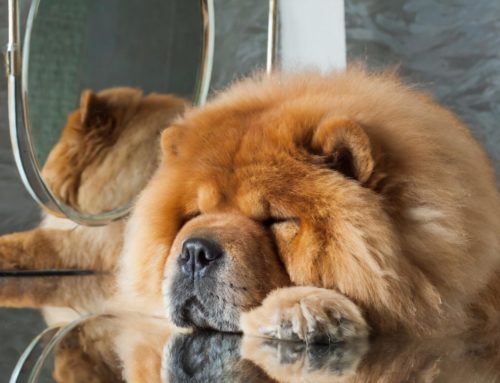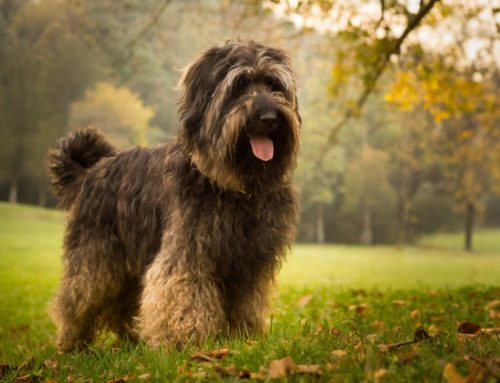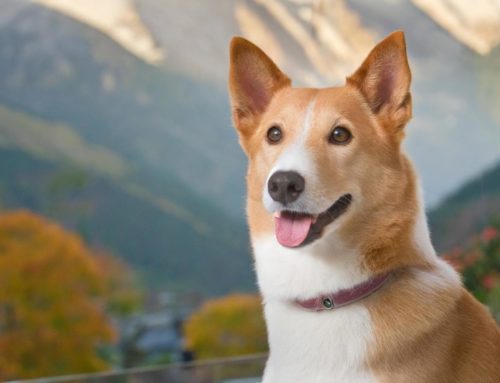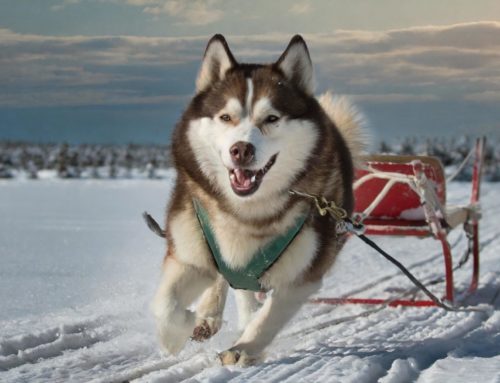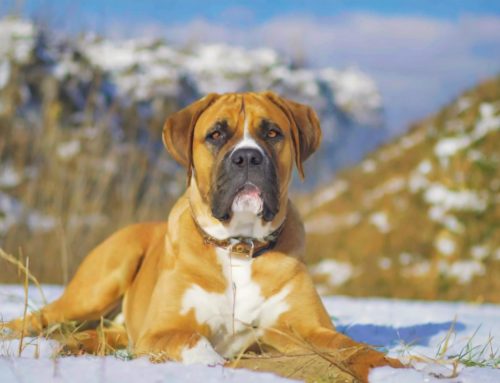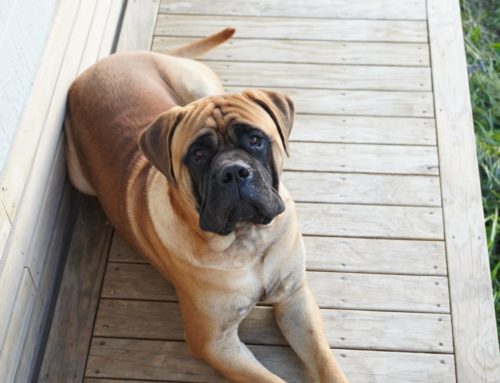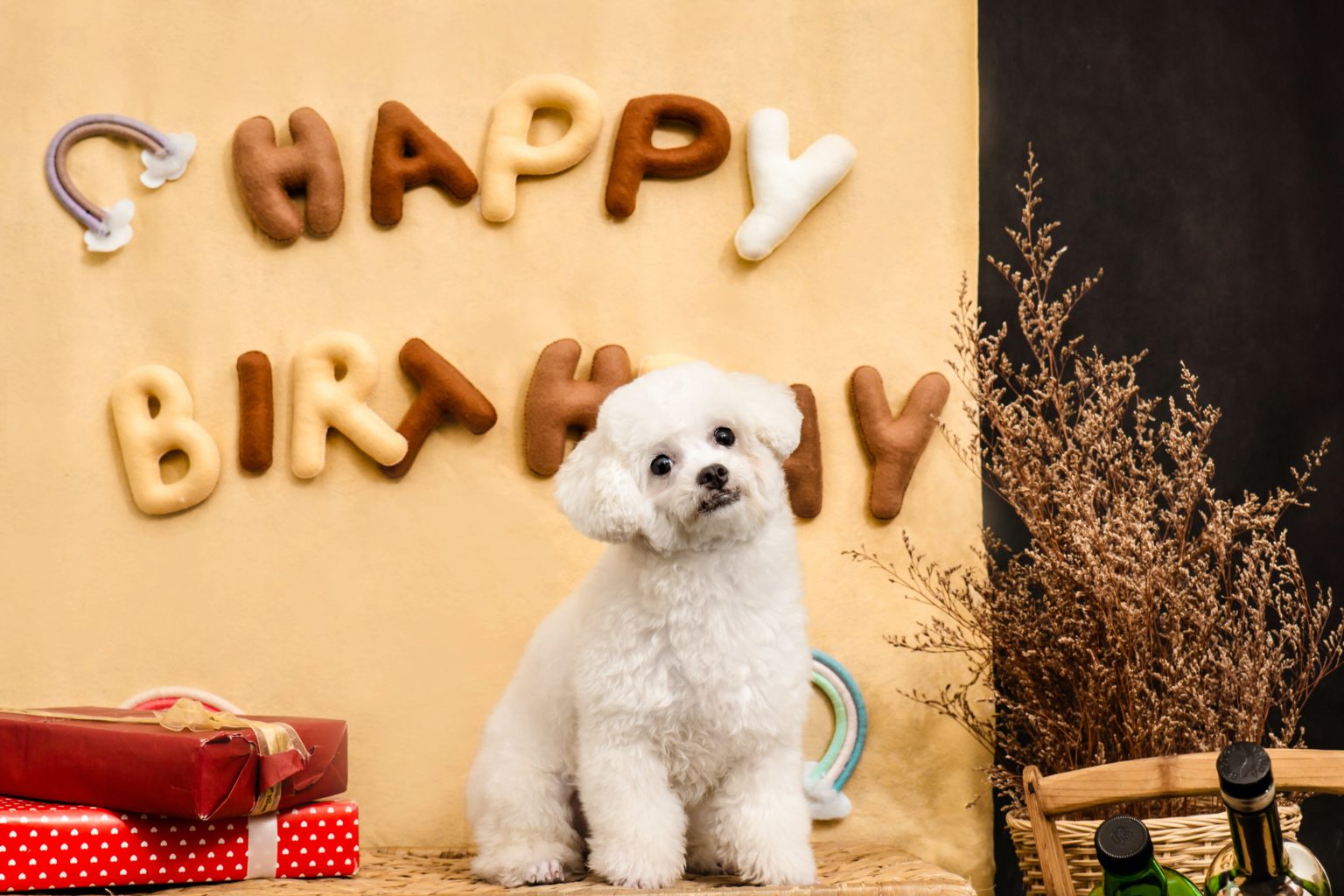
The Bolognese, a member of the Bichon family, has its origins in the Italian city of Bologna. Closely related to other small white dogs such as the Havanese and Pekingese, this breed has captured the hearts of many animal lovers over the centuries.
These affectionate dogs were especially prized in royal circles, with famous fanciers such as Catherine the Great of Russia and Maria Theresa of Austria. Their history as the nobility’s favourite companion dog contributed to their reputation as excellent family dogs.
Difference between the Maltese and Bichon
The Maltese and Bichon Frisé are both small, white companion dogs, but they have some distinctive characteristics.
The Maltese, one of the oldest European toy breeds, has a long, silky, pure white coat that reaches down to the ground. Their coat requires regular brushing to avoid tangles. Maltese have a compact body, a distinctive black nose and dark, expressive eyes.
They are known for their graceful and elegant appearance. Maltese are often less than 25 cm tall and weigh between 3 and 4 kg. The Bichon Frisé, on the other hand, has a distinctive curly coat that requires more maintenance and regular trimming. Their coat consists of soft, loose curls, giving them a fluffy appearance.
Bichons are generally slightly larger than Maltese, with a height of between 25 and 30 cm and a weight ranging from 5 to 10 kg. Their expressive eyes and black nose contrast nicely with their snow-white fur.
Both breeds are intelligent, playful and affectionate, excellent family dogs. They are sociable and enjoy human company, but the Bichon tends to be slightly more active and energetic than the Maltese. In terms of health, both breeds have similar concerns, such as eye problems and dental problems.
FCI Group 9 Companion and Toy Dogs
A member of FCI Group 9, which includes Companion and Toy Dogs, the Bolognese is a charming small breed known for its affectionate and gentle nature.
Originating from Italy, this dog stands out for its lush, white coat that gives it an unmistakable elegance. Developed as a companion dog, the Bolognese has emerged as a loyal and loving companion over the centuries.
These dogs are known for their social nature and ability to form strong bonds with their owners, making them excellent companion dogs for both families and individuals. Their compact size makes them ideal for flat living, but they thrive in any loving environment.
Coat and appearance of the Bolognese
A small but charming dog breed, the Bolognese is known for its long, fluffy, pure white coat that requires careful grooming. Breeders of this breed pay special attention to the quality of the coat, which should be brushed regularly to remove dead hairs and prevent tangles.
With a shoulder height between 25 and 28 cm and weighing between 4 and 6 kg, the Bolognese belongs to the small dog breeds. This affectionate and loving companion dog is an ideal companion for families. They not only love attention, but also like to be close to their humans, preferably sitting on their laps.
Bolognese dogs can easily learn new tricks thanks to their high energy level and intelligence. Despite their small size, they need daily short walks to stay healthy and happy.
Hereditary diseases and disorders
The Bolognese, unfortunately can be susceptible to some hereditary diseases and disorders.
Here is a list of some diseases and conditions that can occur in the Bolognese:
- Patella Luxation: A common condition in which the kneecap shifts out of its normal position.
- Eye problems: Includes progressive retinal atrophy and tear duct disorders.
- Allergies: Skin allergies can occur, often in response to food or environmental factors.
- Hip dysplasia: A developmental disorder of the hip joint, although less common than in larger breeds.
- Dental problems: Because of their small mouths, Bolognese dogs can be prone to tartar and gum disease.
- Ear infections: Due to their drooping ears, Bolognese dogs can be more prone to ear infections.
- Hypoglycaemia: Especially in young puppies, low blood sugar levels can be a problem.
- Heart conditions: Heart-related disorders may occur in some cases.
The character of the Bolognese
The Bolognese is known for its loving and gentle nature, making it an ideal companion dog. These dogs are extremely loyal to their families and form strong bonds with their owners. Their affectionate nature makes them great cuddle buddies and loyal friends. Despite their small size, they have a big heart and lots of love to give.
Bolognese dogs are intelligent and relatively easy to train. They respond well to positive reinforcement and are always eager to please their owners, making training an enjoyable experience for both parties. Their cleverness also makes them excellent at problem solving and adapting to different situations.
These dogs enjoy the attention of their human family members and are generally good with children and other pets. They have a peaceful nature and prefer companionship to solitude, so they do not like to be left alone for long periods of time.
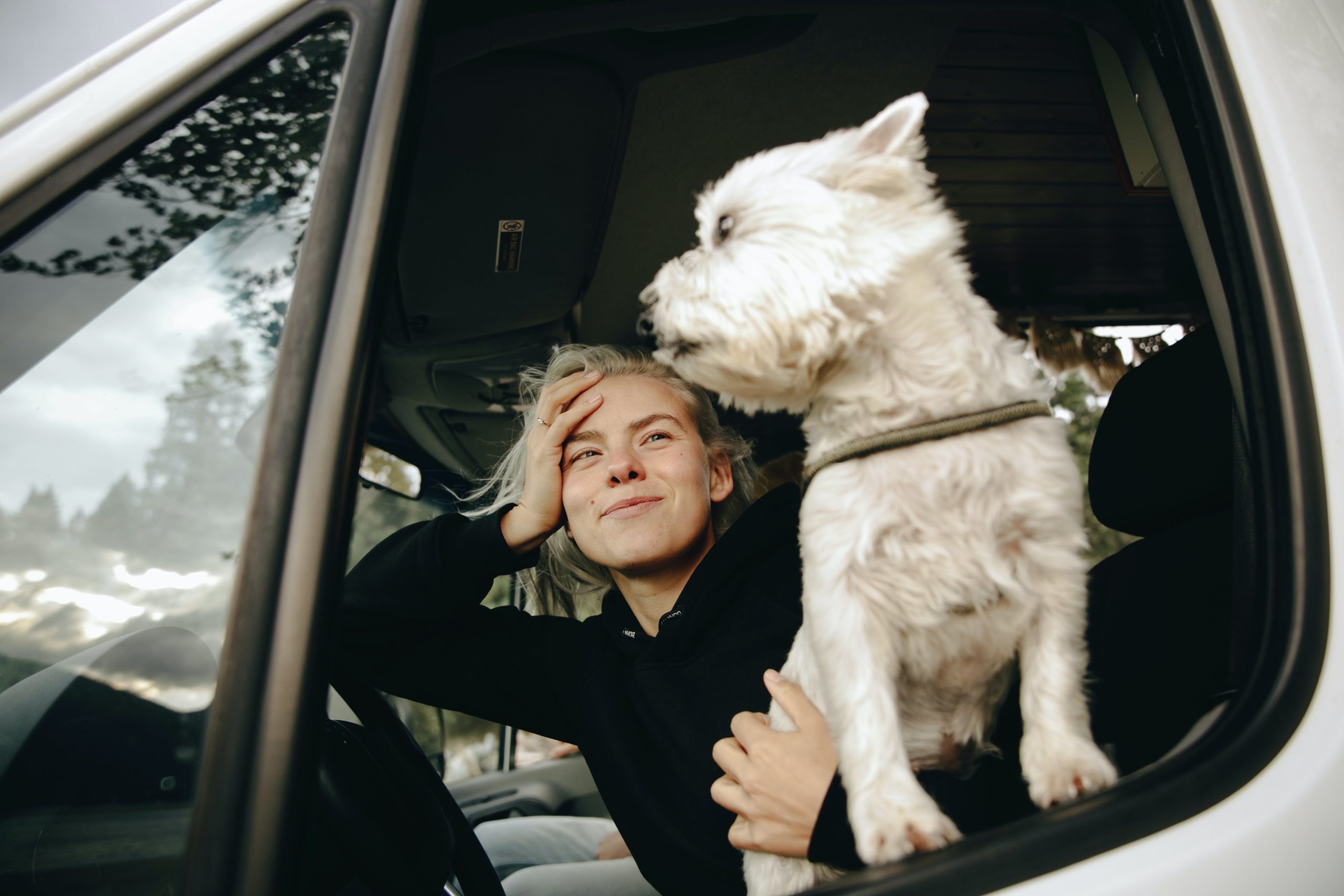
The care of the Bolognese
The care of a Bolognese, requires attention, especially for its coat. Although the Bolognese does not shed much, regular brushing is essential to keep the silky coat free of tangles. Routine grooming, preferably by a reputable breeder or professional groomer, keeps their long, pendant ears and the rest of their coat in top condition.
As a companion dog, the Bolognese loves to be close to its owners. They are suitable for all types of families and are often seen as an ideal lap dog, who loves to sit in the softest of places and loves getting attention.
Although small, they have a strong character and can sometimes try to wind the leader of the pack around their paw. Consistent training and socialisation from an early age are therefore important. These small breeds enjoy short walks and playing, but be careful not to be too rough while playing.
Their black pigment and sweet nature make them an attractive and cheerful presence in the home. It is a breed suitable for families and they adapt well to being taken to different places.
Socialisation and upbringing of the Bolognese
Bolognese dogs are affectionate and gentle pets that enjoy the company of their owners and love to sit on their laps. It is important to socialise Bolognese puppies with other dogs and people from an early age.
These dogs tend to get along well with everyone, including other pets. Regular small walks and play sessions help them develop their social skills. However, while walking or playing, it is essential to be careful as their small size makes them vulnerable to rough play.
The Bolognese’s coat requires regular grooming, although the dog does not shed much. Their long, drooping ears and soft coat can use regular brushing to prevent tangles.
How much experience does a Bolognese require
The Bolognese, is an excellent choice for both experienced and inexperienced dog owners. This breed is known for its easygoing temperament, making it a good match for first-time dog owners. Their small size and relatively simple grooming needs make them less intimidating for new owners.
Bolognese dogs are intelligent and respond well to positive training methods, meaning that even inexperienced owners can be successful in their upbringing. They love attention and companionship, which strengthens the bond between dog and owner and facilitates the learning process.
Although they are not demanding in terms of exercise, they need regular exercise, such as short walks, to stay healthy and happy. It is also important to remember that, as with any breed, consistent training and socialisation from an early age are essential to get a well-adjusted dog.
For experienced dog owners, the Bolognese can be an enjoyable companion, while inexperienced owners can look forward to a relatively easy-to-care-for and loving pet.
Is training necessary with these breeds
Training is an essential part of caring for a Bolognese, despite their small size and affectionate nature. As an intelligent and inquisitive dog breed, the Bolognese responds well to positive training methods. This not only makes them easier to manage in the home, but also strengthens the bond between the dog and its owner.
Consistent training helps develop good manners and prevents behavioural problems. It is important to teach basic commands such as ‘sit’, ‘stay’ and ‘come here’, as well as potty training and leash training. Although Bolognese dogs are known for their gentle and friendly temperament, socialisation is also crucial.
Early exposure to different people, animals, and situations contributes to their development into well-adjusted adult dogs. The Bolognese’s intelligence and eagerness to learn make training relatively easy.
They enjoy the attention and fun associated with training sessions. However, it is important to be patient and consistent, and always use positive reinforcement.
How much exercise does a Bolognese need?
The Bolognese, requires a moderate amount of daily exercise. This dog breed is energetic, but because of their small size, their exercise needs are relatively modest. On average, a Bolognese needs about 30 to 45 minutes of exercise daily. This can be completed with short walks, indoor play sessions or in a securely fenced yard.
It is important to note that although the Bolognese loves company, excessive or overly intense activity is not appropriate because of their small stature. Play and mental stimulation are crucial for this breed. Puzzle toys, light obedience training, and interactive games such as fetch can help keep their minds sharp and prevent boredom.
Consistency in routine, such as daily walks around the same time, also helps maintain a happy and balanced temperament.

Bolognese a suitable dog for the whole family
The Bolognese, is known as an excellent family dog and gets along very well with children. These small dogs are affectionate, loving and often enjoy children’s energy and play. Their patient and tolerant nature makes them a good companion for younger family members.
Despite their small size, they are reasonably robust and can play along well, but as with all dog breeds, it is important to supervise during interactions between dogs and young children.This is to ensure both the child’s and the dog’s safety. Children should be taught how to treat the dog respectfully and gently to avoid rough play or unintentional hurting.
Advantages of a Bolognese
- Affectionate and Loyal: Bolognese dogs are known for their loving and affectionate nature, making them excellent companions.
- Good with Children and Other Pets: They generally get on well with children and get on well with other pets, making them suitable for many families.
- Adaptable: Their small size makes them suitable for both flats and houses with gardens.
- Low shedding: This breed is known to shed very little, which can be beneficial for people with allergies.
Disadvantages of a Bolognese
- Regular Coat Care Needed: Their beautiful, long coat requires regular brushing to prevent tangles and mats.
- Susceptible to Health Problems: Like many small breeds, they can be prone to certain health problems, including patella luxation.
- Can be Hypersensitive to Being Alone: They can develop separation anxiety if left alone for too long.
- Potentially Stubborn: They can be stubborn at times, which can make training difficult.
How old a Bolognese gets
The Bolognese is known for its relatively long lifespan, especially compared to larger dog breeds. On average, a Bolognese lives between 12 and 15 years. However, this greatly depends on several factors, including genetics, diet, lifestyle and the overall healthcare the animal receives.
Price of a Bolognese from breeders and adoption
The Bolognese, a captivating member of the bichon family, is celebrated for its lush white fur and amiable disposition. For those in the US looking to welcome this breed into their homes, here’s what to know about pricing, breed alternatives, and more:
Price of a Bolognese Puppy in the US:
- Typical Range: Prices for a Bolognese puppy from a trustworthy breeder can range from $1,500 to $3,500.
Determinants of Price:
- Breeder’s Reputation: Expect higher costs for puppies from breeders recognized for their champion lineage.
- Pedigree: AKC-registered Bolognese puppies are priced higher than those without registration.
- Geographical Location: Anticipate increased prices in regions with elevated living costs.
- Age: Puppies usually cost more, with adult Bolognese presenting a more affordable option.
- Coat Color: The breed’s signature solid white coat is standard; minor color variations typically do not influence pricing.
Breeds Worth Considering:
If the Bolognese’s endearing qualities have captured your heart but you’re exploring options, consider these similar breeds:
- Bichon Frise: Known for their lively spirit and plush white coat, with prices ranging from $800 to $2,000. They tend to be more vivacious compared to Bolognese.
- Maltese: Renowned for their elegant, flowing white fur and gentle nature, these dogs are priced between $1,200 and $2,000. They are a bit smaller and share grooming requirements with the Bolognese.
- Havanese: Cherished for their exuberant character and silky fur, with a price range of $1,500 to $2,500. They exhibit a slightly more robust energy level than Bolognese.
Extra Advice:
- In-depth Research: Bolognese may experience separation anxiety and necessitate consistent grooming. Confirm their compatibility with your lifestyle.
- Visiting the Breeder: Assess the breeding environment and the puppy’s parents firsthand to gauge future health and behavior.
- Prioritize Training: Utilizing their sharp intellect, Bolognese puppies thrive on positive reinforcement. Early socialization is essential for their development into sociable adult dogs.
- Maintain Their Coat: The breed’s fluffy white coat demands regular care, including brushing and professional grooming, to prevent tangles and ensure a neat appearance.
Remember: Owning a pet is a significant, enduring responsibility. While purebred Bolognese may be scarce in shelters, adopting offers a chance to provide a loving home to a dog, possibly finding adult Bolognese or similar mixed breeds. Adoption not only has a lower cost but also the joy of giving a dog a second chance.
